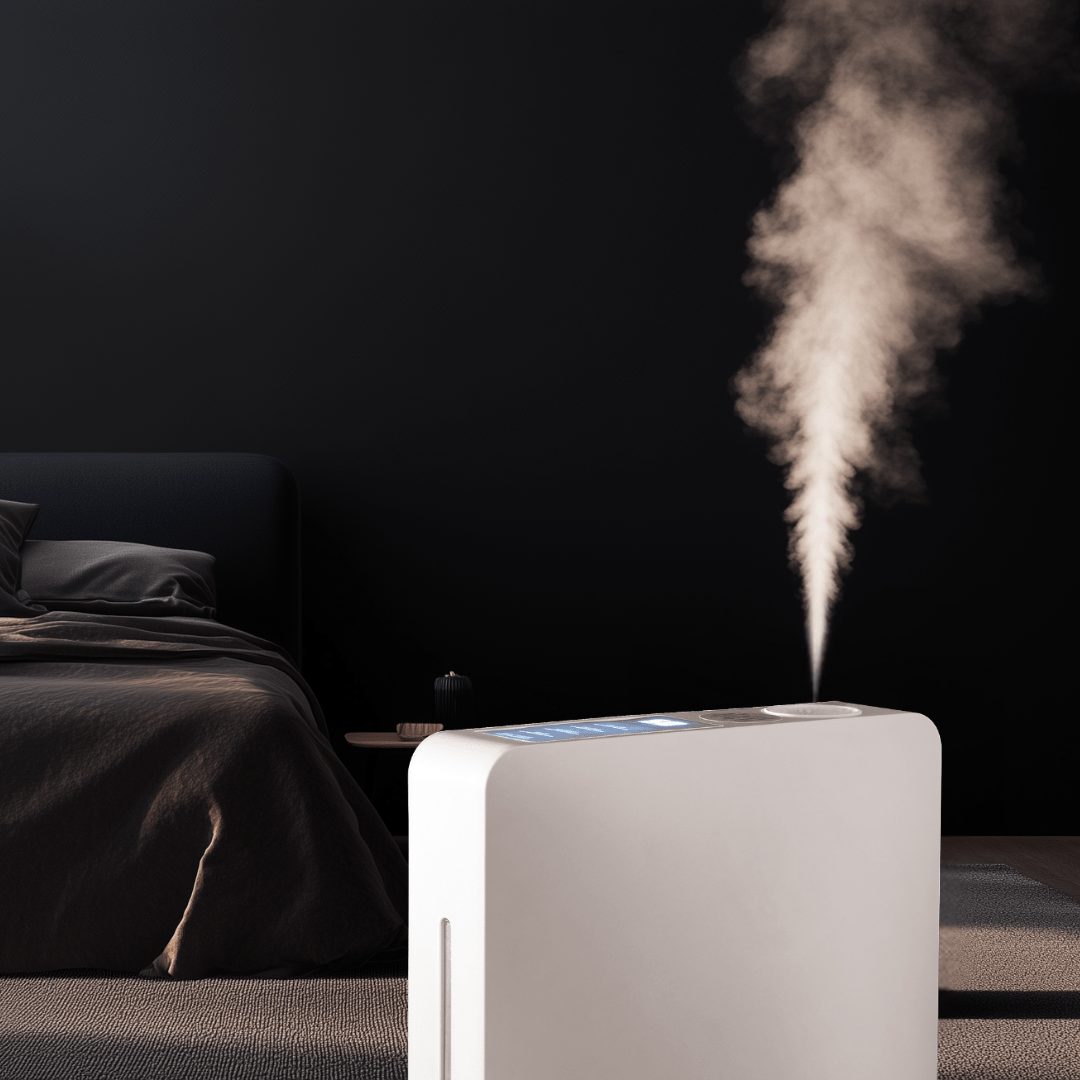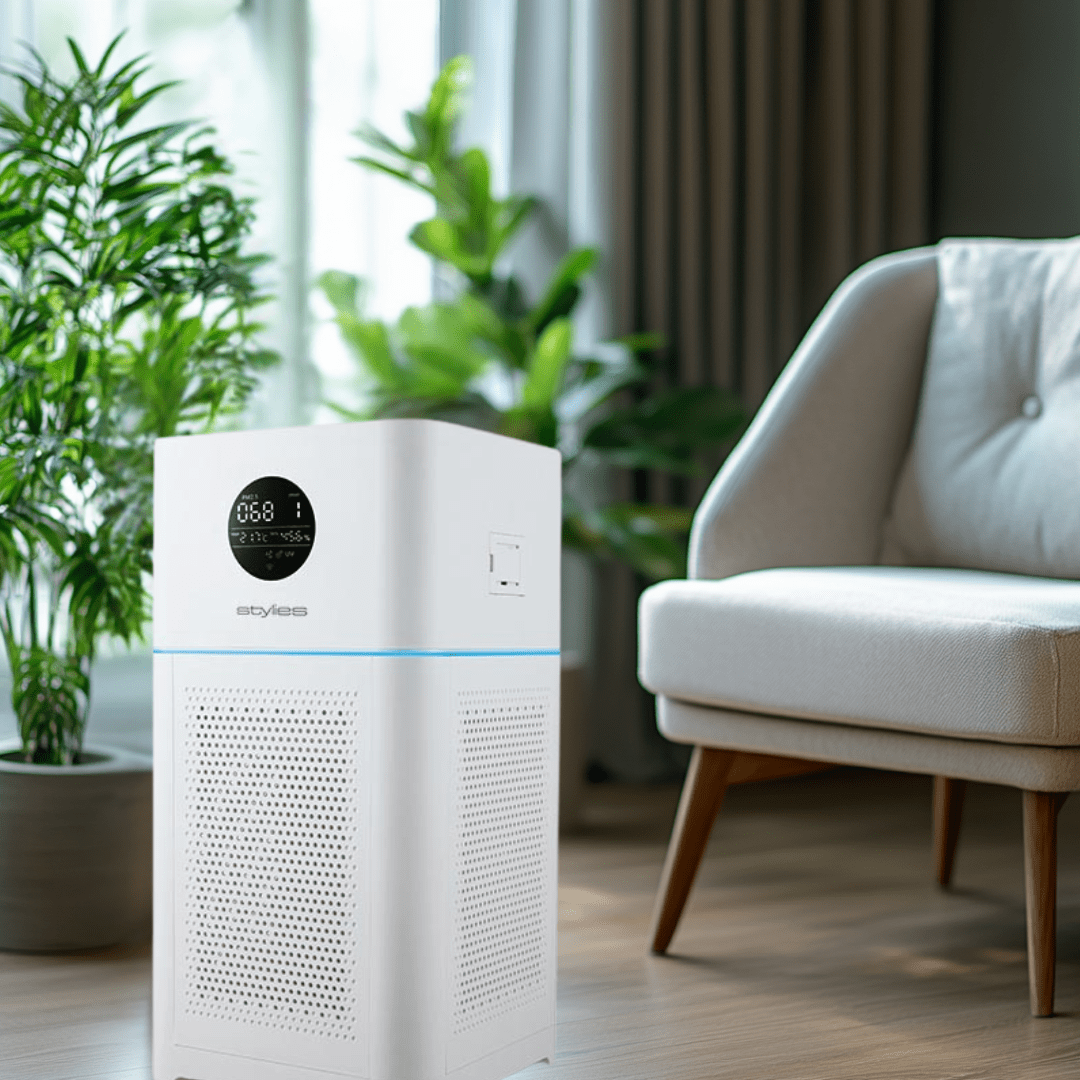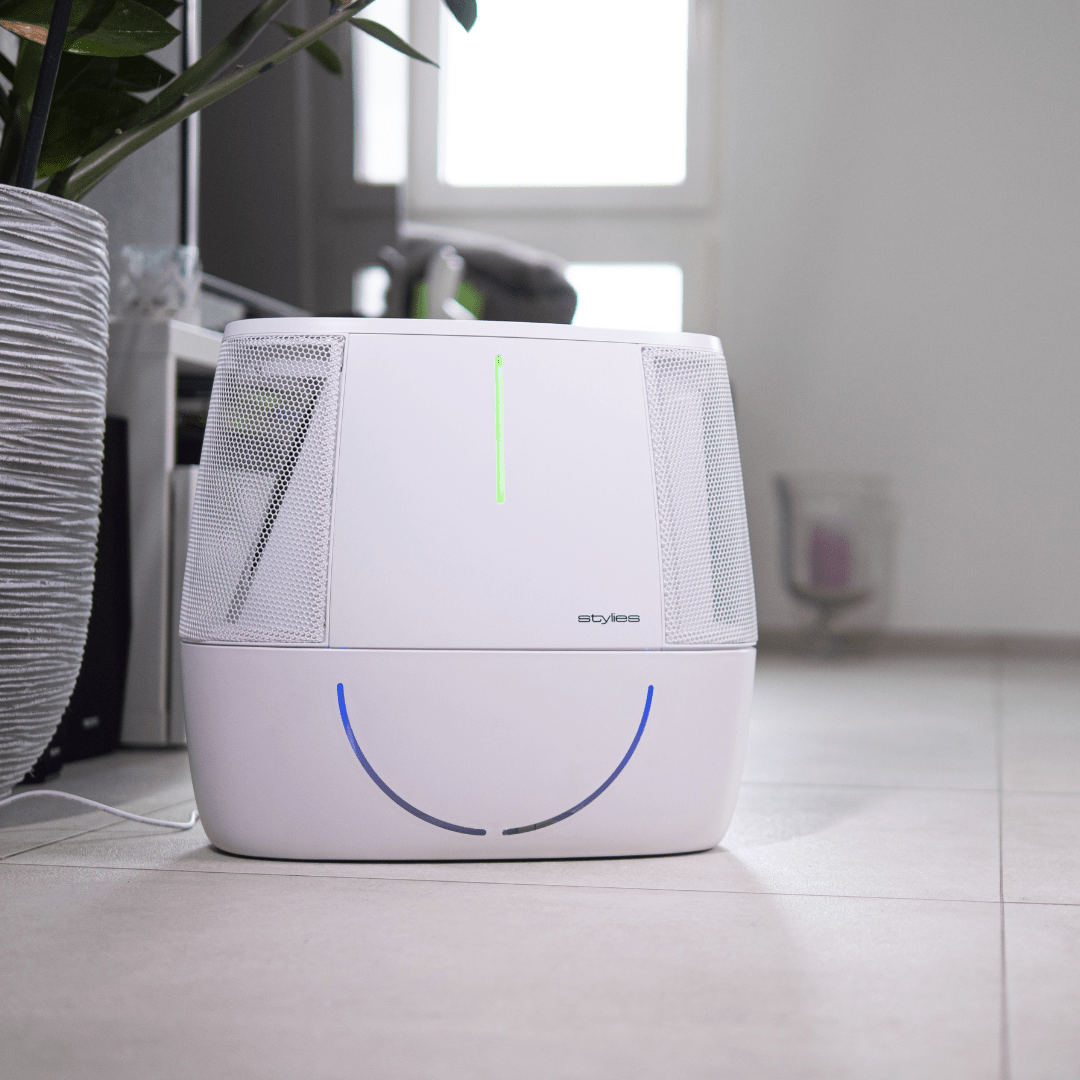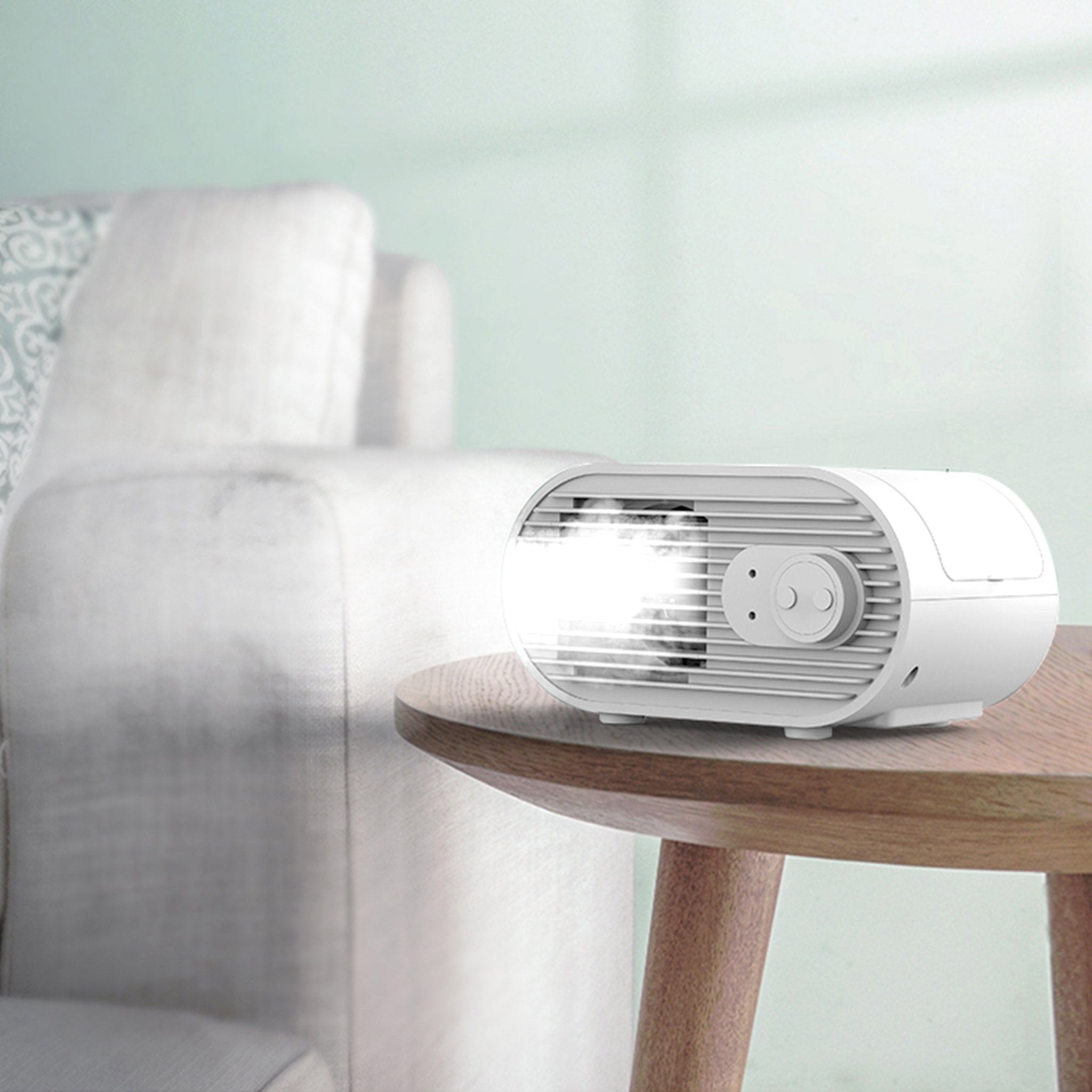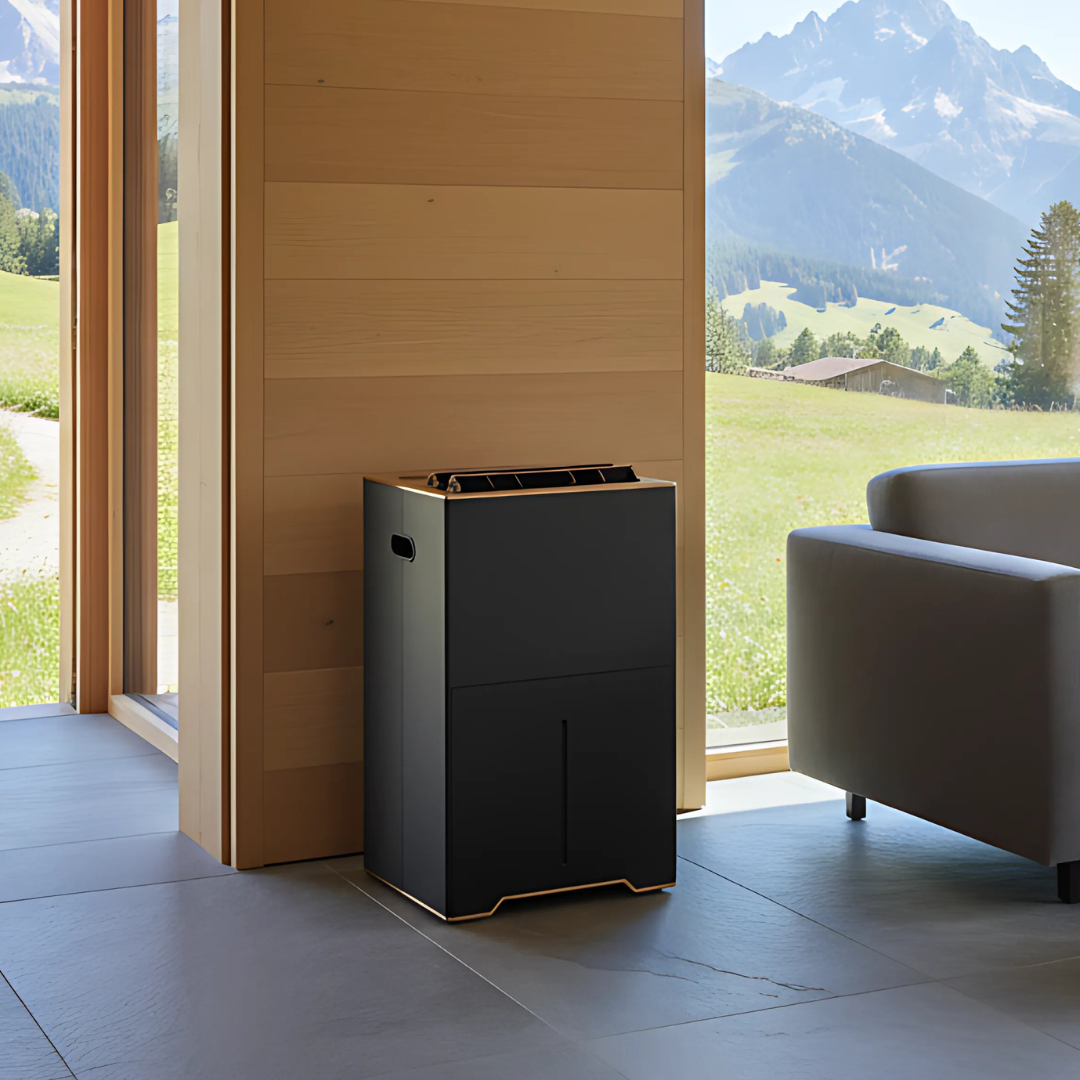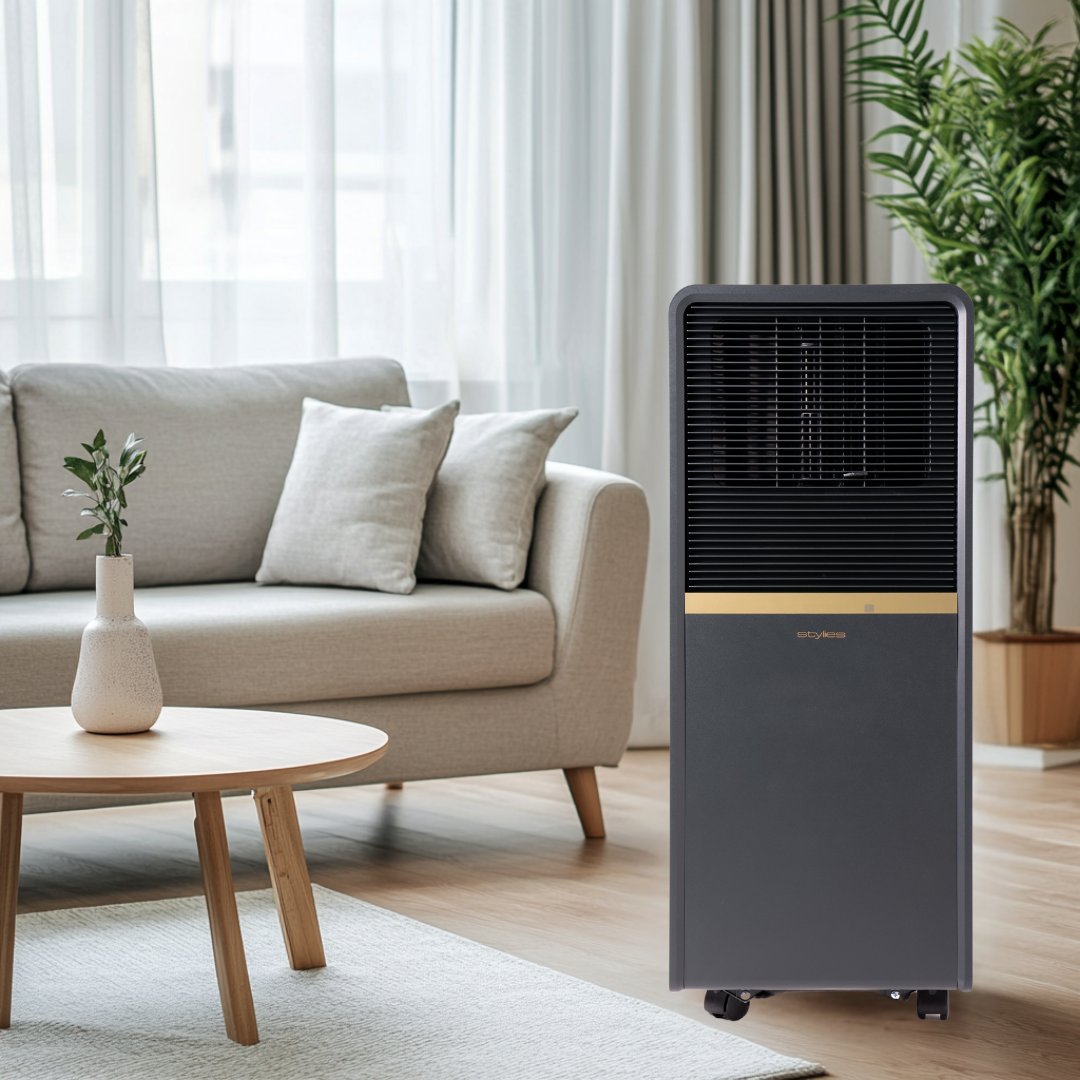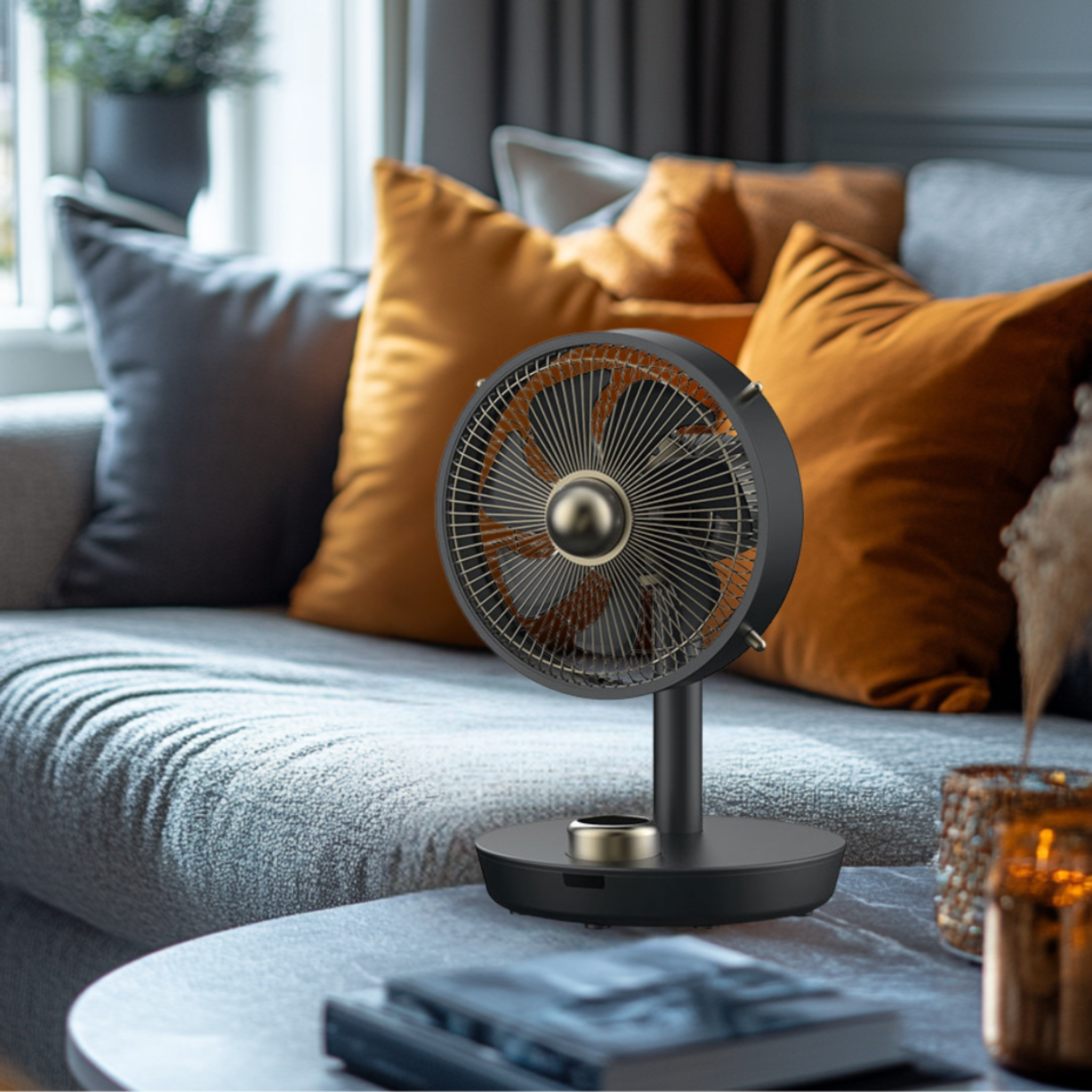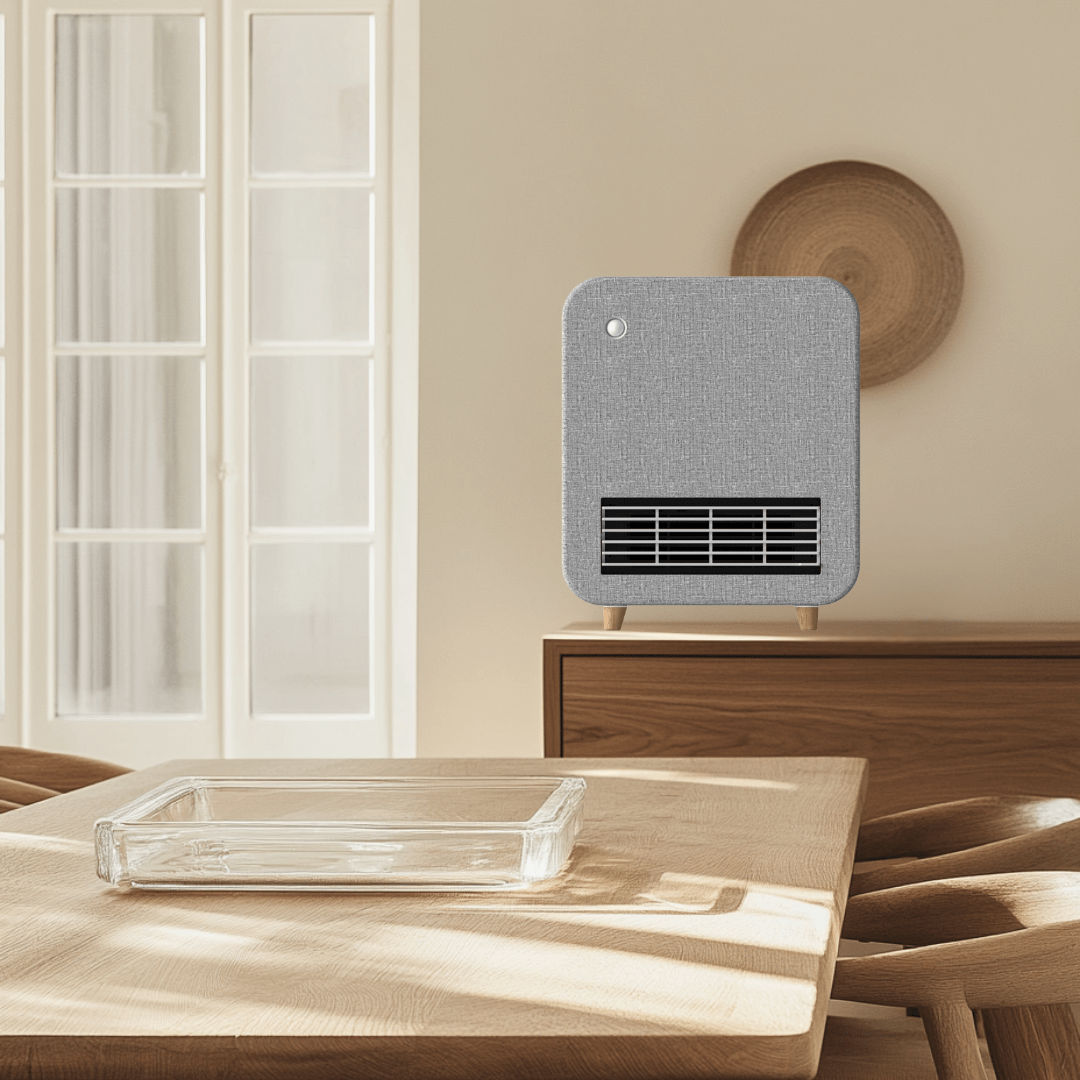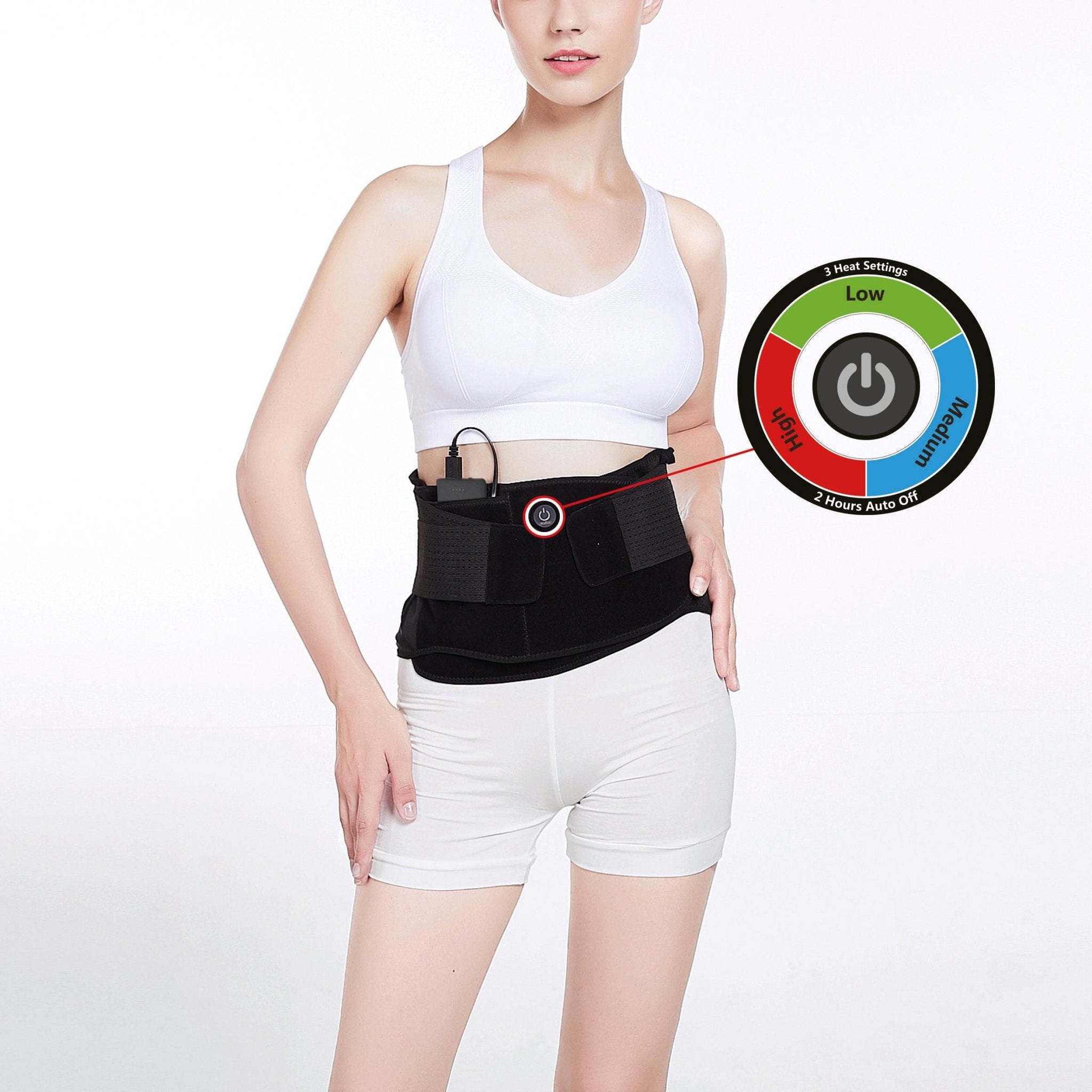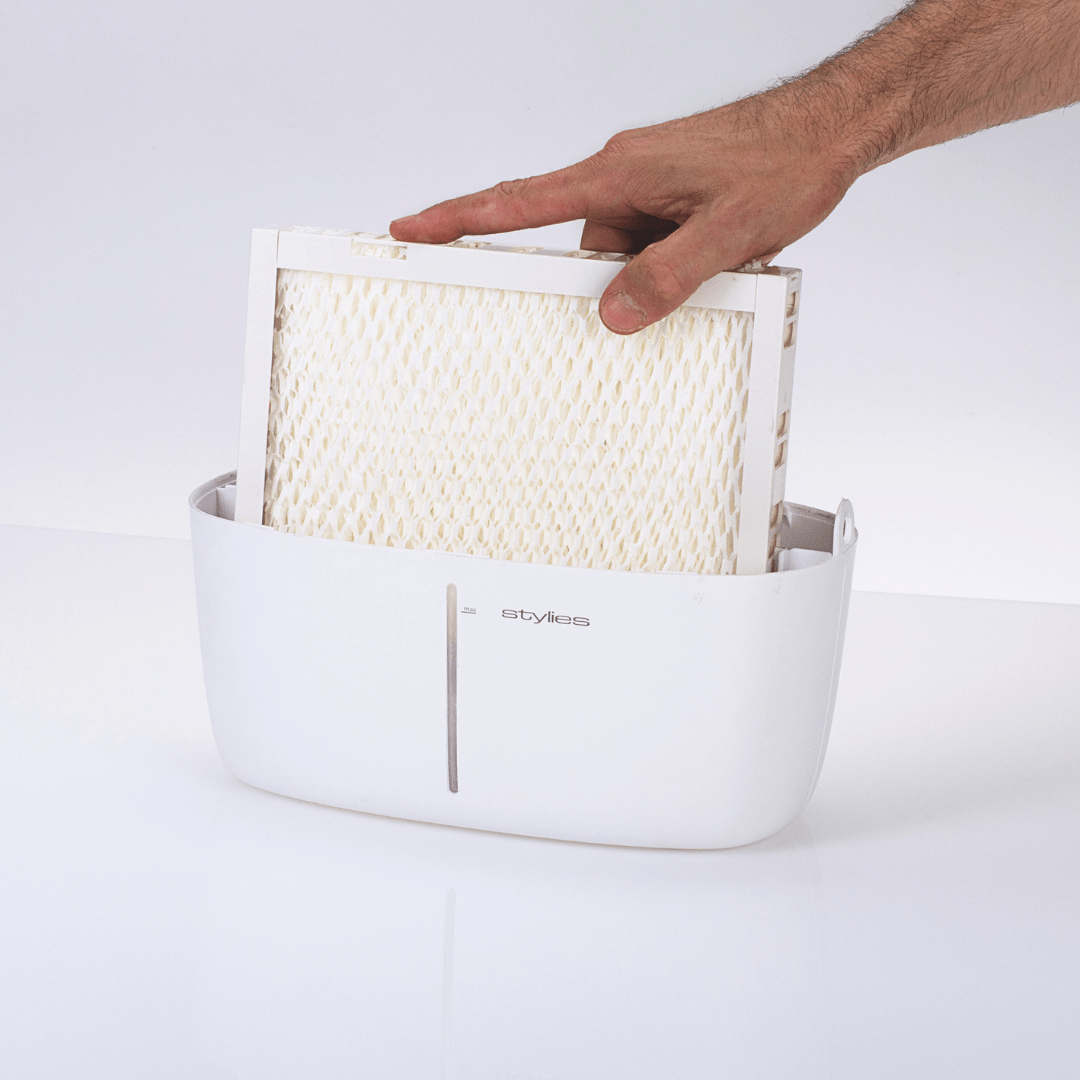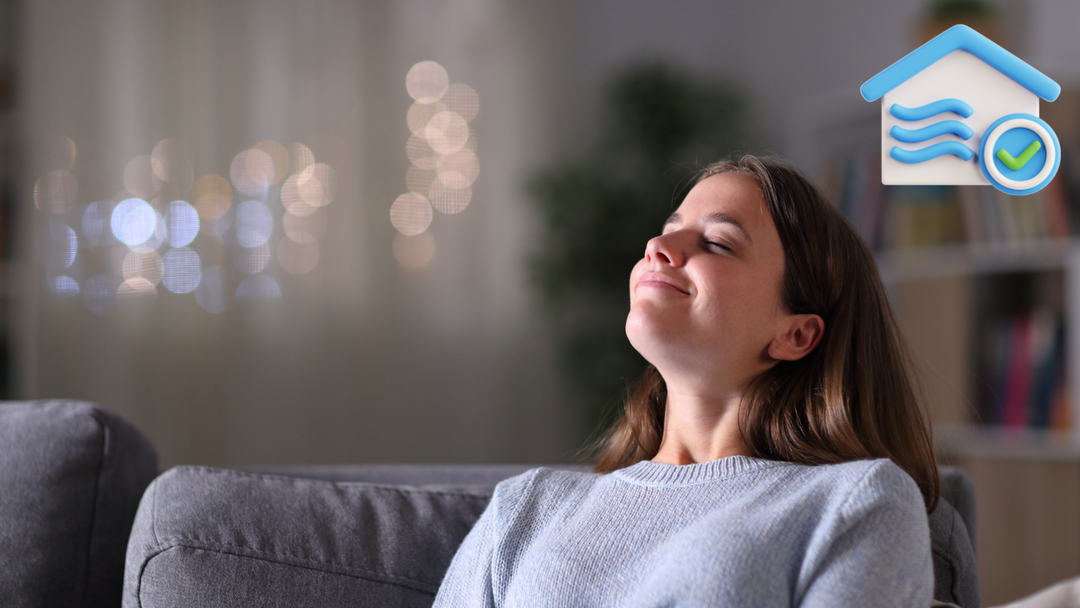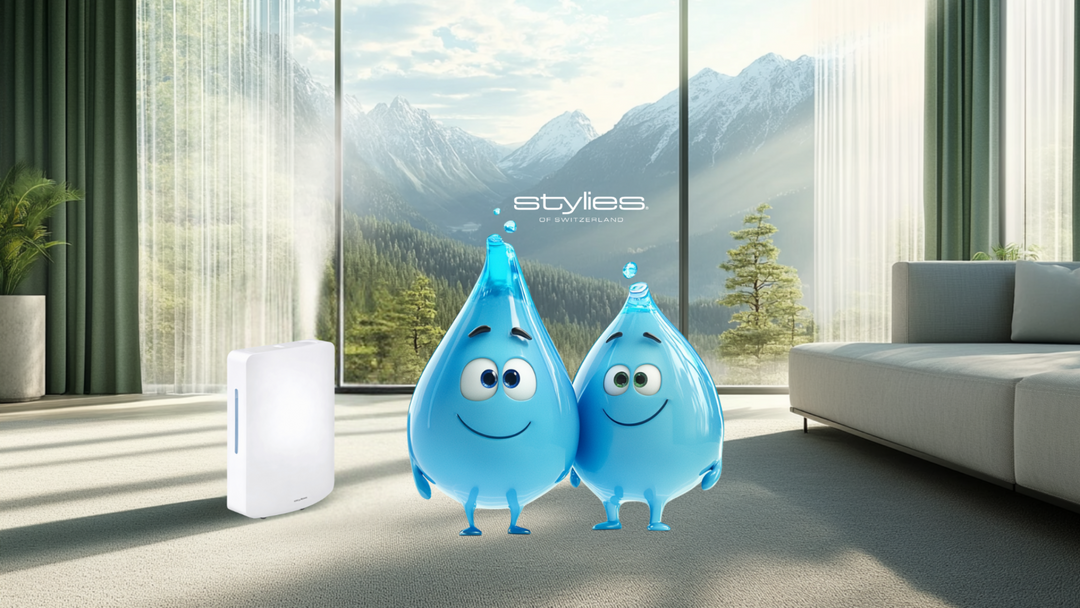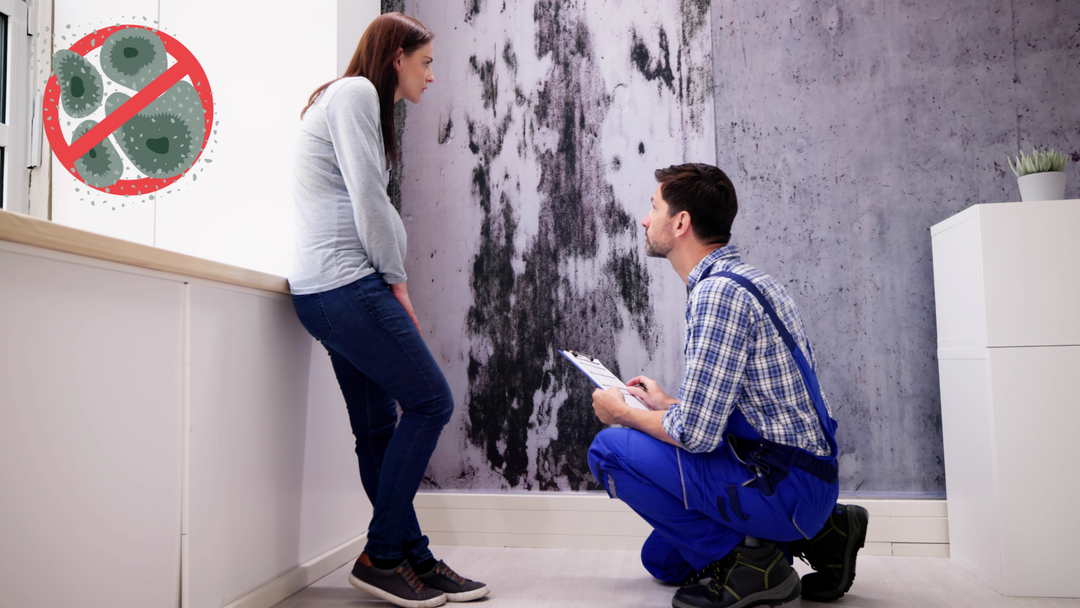How can mold in bathrooms and other wet rooms be effectively removed and prevented in the long term?
Mold in the bathroom isn't just an aesthetic problem: If it's not removed in a timely manner, the infestation can spread to other rooms in the home. The health risks shouldn't be underestimated either: Mold can cause respiratory problems and allergies, especially in people with weak immune systems. Therefore, mold control is a top priority.
Fortunately, mold in the bathroom can be removed, often even with simple household remedies.
Our comprehensive guide against mold in wet rooms
Table of contents
- Ventilation and humidity in the bathroom
- Breeding grounds for mold: materials & risk areas
- Mold removal: home remedies, cleaning products and techniques
- Special notes: Rental apartment vs. ownership
- Preventing mold: This helps!
1. Ventilation and humidity in the bathroom
A healthy indoor climate in the bathroom begins with proper ventilation, because mold needs one thing above all else to survive: moisture. Since people regularly shower, bathe, and wash in the bathroom, humidity is particularly high there. Without effective ventilation, a warm, humid environment quickly develops, providing the ideal breeding ground for mold.
Why is moisture the main problem in indoor mold growth?
If humid air isn't removed quickly, it condenses on cool surfaces like tiles, windows, or walls. The result: persistent dampness, mildew, and, sooner or later, mold growth. This is particularly problematic in bathrooms without windows – a technical solution is essential here.
Guidelines for indoor climate in the bathroom:
- Optimal humidity: 40–60% (up to 70% possible for a short time after showering)
- Ideal temperature: 21-23°C
- Critical: Values above 70% over a longer period of time → mold risk increases rapidly
A hygrometer helps you keep an eye on the humidity and react accordingly, ideally a digital one with a memory function.
2. Breeding grounds for mold: materials & risk areas
Mold develops when three conditions coincide: moisture , warmth , and organic matter as a source of nutrients. Unfortunately, this combination is often found in bathrooms. Many materials in the bathroom provide an ideal breeding ground for mold spores—especially if they remain damp and are poorly ventilated.
Which materials mold particularly likes:
Although tiles and ceramics themselves have no nutritional value for mold, a little house dust, soap residue, or skin flakes are often enough to make life easier for the fungus. However, the following are particularly susceptible:
- Wood (e.g. bathroom furniture, window frames)
- Textiles (towels, carpets, shower curtains)
- Wallpaper and wallpaper paste (often cellulose-based)
- Plaster, silicone, grout, cardboard, paints, varnishes
As soon as moisture builds up in or on these materials, it creates a potential breeding ground for mold, often unnoticed behind furniture, under carpets or in dark corners.
3. Mold removal: home remedies, cleaning products and techniques
How to remove mold in the bathroom
If you want to remove mold in the bathroom, you should proceed systematically. Simply painting over it won't do the trick; the mold will continue to grow underneath. Therefore, it's important to remove it thoroughly and professionally.
Home remedies for mild mold infestation
- Alcohol: Denatured alcohol or rubbing alcohol (at least 70%)
- Vinegar: Only suitable for smooth surfaces, not effective against spores
- Baking soda: Mix with water to form a paste and use carefully. It can be found in the form of baking powder at home or purchased at supermarkets and drugstores.
How to use baking soda correctly: Mix the baking soda with water to a paste and apply it with an old toothbrush. Be careful, though: Baking soda can scratch delicate surfaces like marble. Test its effectiveness on an inconspicuous area first.
Remove mold with household products – step by step
- Wear protective equipment: gloves, breathing mask, safety goggles
- Ventilate: Open windows before cleaning
- Cleaning: Apply the product to a cloth, wipe the affected area, rinse with water and dry
- Control: Find other affected areas, dispose of textiles if necessary
What to do if there is severe mold infestation?
If mold is present in silicone joints, the only solution is complete removal and re-grouting. In extreme cases, the entire tile surface may even need replacing.
Overview of mold species
- Black mold: Particularly aggressive, often harmful to health
- Yellow mold: Can be confused with lime, but potentially toxic
- Green mold: Often occurs on food, can spread to rooms
4. Special notes: Rental apartment vs. ownership
Mold in bathrooms isn't just a hygiene problem—it's also a frequent cause of disputes between tenants and landlords. While owners are responsible for structural improvements, tenants must ensure a healthy living environment and properly ventilate and heat the property.
In both cases, mold is preventable – if you know what to look out for.
In the rental apartment: rights, obligations and communicationWho is responsible for what?
- Tenants are obliged to prevent mold growth through appropriate heating and ventilation .
- Landlords must maintain the apartment in a condition that does not promote mold growth (e.g., through appropriate insulation, functioning ventilation, and tight windows).
Typical points of contention:
- Ventilation behavior : Tenants should ventilate regularly (3 times a day, especially after showering).
- Windowless bathrooms : Here, the landlord is obliged to ensure functioning ventilation (e.g. fan).
- Missing or defective fans → report immediately in writing!
How to protect yourself as a tenant:
- Use a hygrometer: This allows you to document temperature and humidity – helpful in the event of a dispute.
- Keep a ventilation log: This is especially important if structural defects are suspected. Note the time, duration, window opening, and air quality.
- Report mold infestation: Always report immediately and in writing (letter or email with photos).
- Do not take any measures yourself without consultation: Removing wallpaper, replacing silicone sealants, etc. can lead to conflicts.
- Emergency measures: You can treat small stains with household remedies – but larger areas (>0.5 m²) are best removed by professionals.
- Set a deadline: If the landlord does not respond, you can consider a rent reduction after setting a reasonable deadline (legal advice recommended).
Tip: Consumer advice centers or tenants' associations offer valuable support in mold disputes!

As an owner: take structural precautions and protect for the long term
Owners have the advantage of being able to make their own decisions – but they also bear full responsibility for the condition of their bathroom.
Typical structural weaknesses
- Cold exterior walls without insulation (thermal bridges)
- Old windows with single glazing → a lot of condensation
- Leaky silicone joints or defective seals
- Lack of ventilation in interior rooms
Solutions & Investments:
| problem | Structural measure |
|---|---|
| Cold bridges | Insulate exterior walls / interior walls |
| Poor ventilation | Install ventilation system |
| Window with condensation | Replacement with double or triple glazed windows |
| Old silicone joints | Renew regularly (every 5–10 years) |
| Permanently wet shower | Have the shower area sealed / renovated seamlessly |
Maintenance obligations as owner:
- Check silicone joints every 1–2 years
- Clean ventilation systems regularly (dust reduces performance!)
- Check facade and windows for cracks and leaks
- Carry out moisture measurements after renovations
Windowless bathroom: special case for tenants and owners
For tenants:
If there is no window, mechanical ventilation must be installed. If it is defective or missing entirely, this constitutes a structural defect . In this case:
- Inform landlord immediately
- Document when and how ventilation took place
- No responsibility for mold if the system is missing
For owners:
Opt for smart ventilation solutions – e.g., hygrostat-controlled fans or combined systems with heat recovery. Decentralized ventilation systems with humidity control are now standard, especially in renovations.
5. Prevent mold in the bathroom: This helps!
- Ventilation: Several times a day for 10 minutes
- Tilt windows: for air circulation
- Electric fan: A must in windowless bathrooms
- Dehumidifier: Better electric, chemical only with caution
- Remove moisture: Remove water drops, dry textiles
- Leave the shower cubicle open: air can circulate
- Close the bathroom door: Prevents mold in other rooms
- Heating: 21–23 °C room temperature
- No wet laundry in the bathroom: Promotes mold growth
With these measures, your bathroom will remain mold-free, hygienic, and safe. Early action protects your health and the building structure.
Expert knowledge from Stylies, the Swiss manufacturer of high-quality air conditioning units, in cooperation with Daniel Gwerder (CDO Tavora Brands AG). For over 20 years, Daniel Gwerder has been committed to healthy indoor air and shares his in-depth knowledge here – understandable, preventative and practical.

👉 You can find out more about Daniel on LinkedIn
👉 Discover Stylies air conditioners on Stylies


